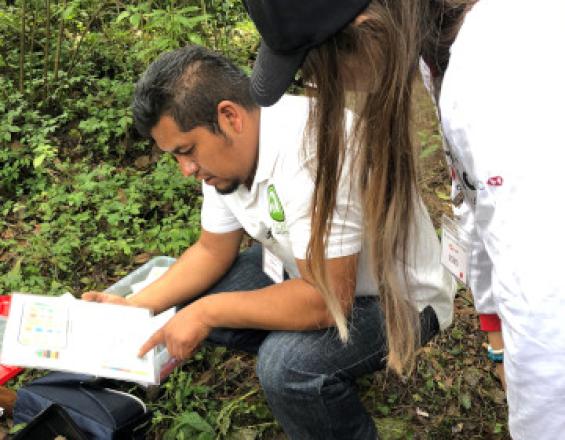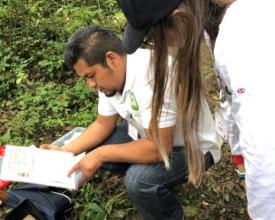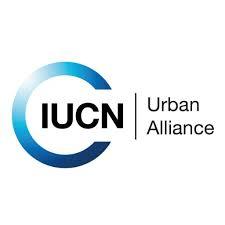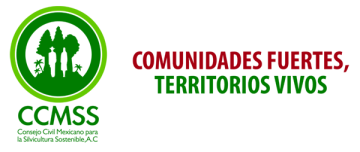
Studying the impact of vegetation buffers on water quality in Mexico using citizen science

Water is an essential requirement for human survival and economic development, but is an increasingly limiting factor in areas undergoing climate change and increased urbanisation. Many of the available freshwater resources supplying the world’s cities are undergoing degradation due to poor management and the introduction of pollution from direct and indirect (diffuse) sources. A large proportion of water pollution originates from non-point sources, from both urban and agricultural areas, which makes tackling the cause of the problem a challenge. A complementary solution to traditional water treatment methods is the use of vegetation in slowing the flowrate and removing contaminants from freshwaters. The Earthwatch Institute launched an investigation in the Valle de Bravo watershed in Mexico to research the efficacy of vegetation strips as buffers to water pollution in the region.
Impacts
Citizen scientists contributed to chemical, bacteriological and nutrient monitoring at 18 sampling locations, none of which satisfied water quality standards for human consumption. Urban discharge and changes in agricultural activities from traditional maize production to potato and fava bean was seen to lead to an increase in pollutants in the receiving waters. These rivers are key to providing potable water to a large part of the population of Mexico City. The results of the research showed how high concentrations of E. coli and eutrophic conditions were compromising the quality of these important resources. However, the research also showed that vegetation buffering riparian ecosystems and native forest cover within the watershed could be used to improve water quality and freshwater ecosystem functioning. Project outcomes have been widely disseminated to local and state authorities, providing key evidence to inform stakeholder decisions regarding land use, urban planning and the management of blue-green infrastructure. Following the sharing of the project results, the local government committed to green infrastructure as a means for water quality regulation, establishing a constructed wetland and restoring local springs to reduce the impact of a local hospital on an important local river.




